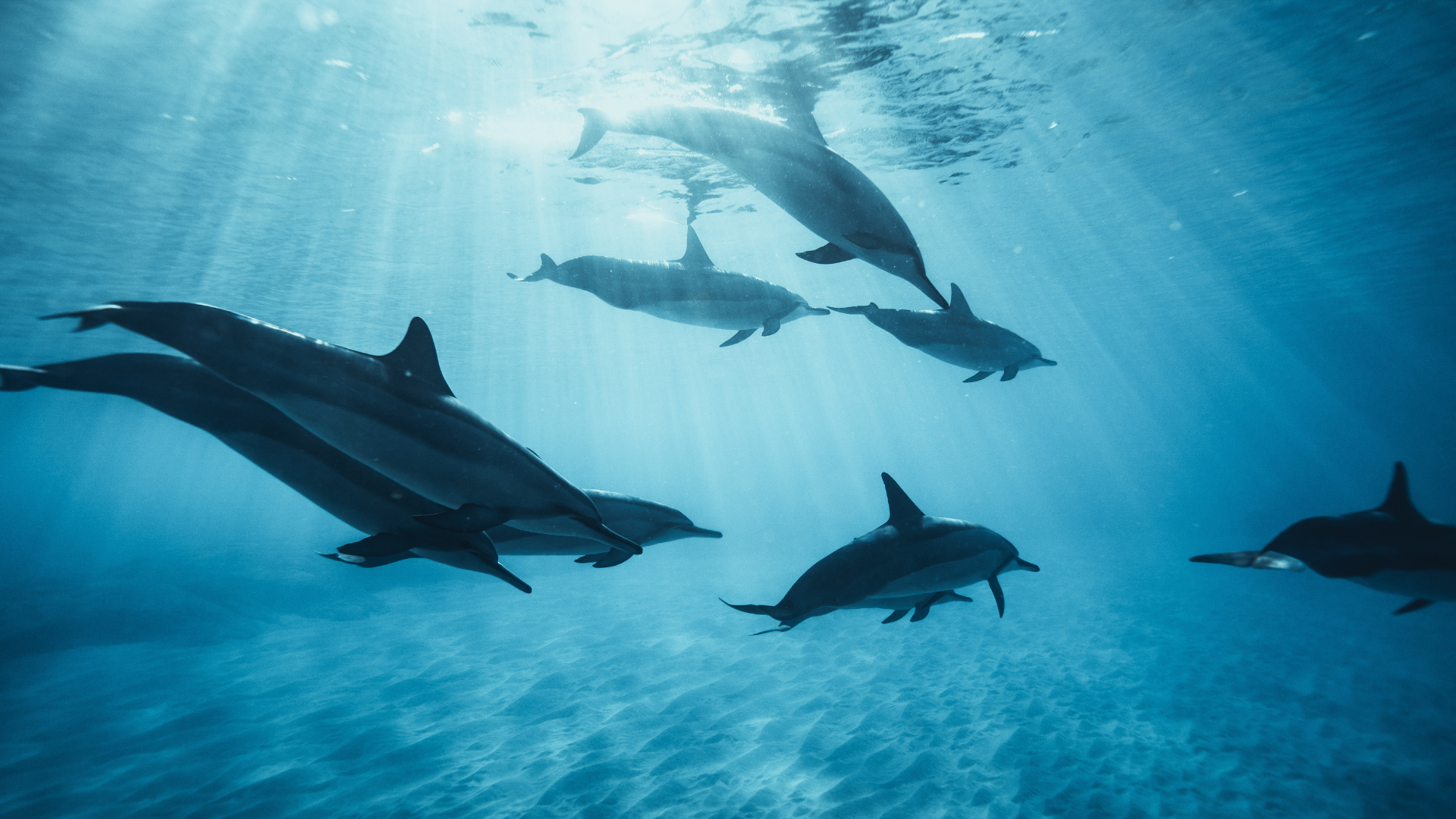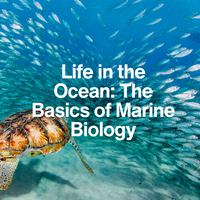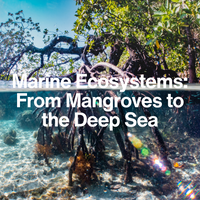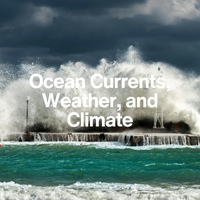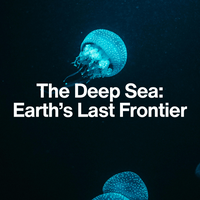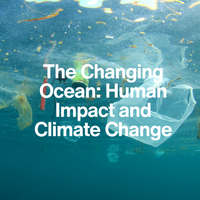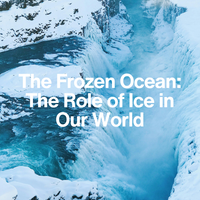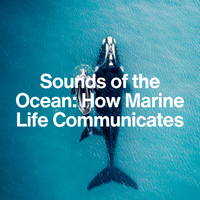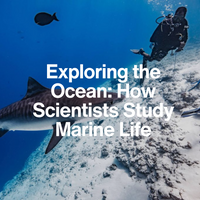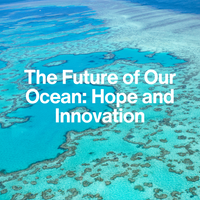LESSON 5
How Is the Melting Ice Changing the Whole Planet?
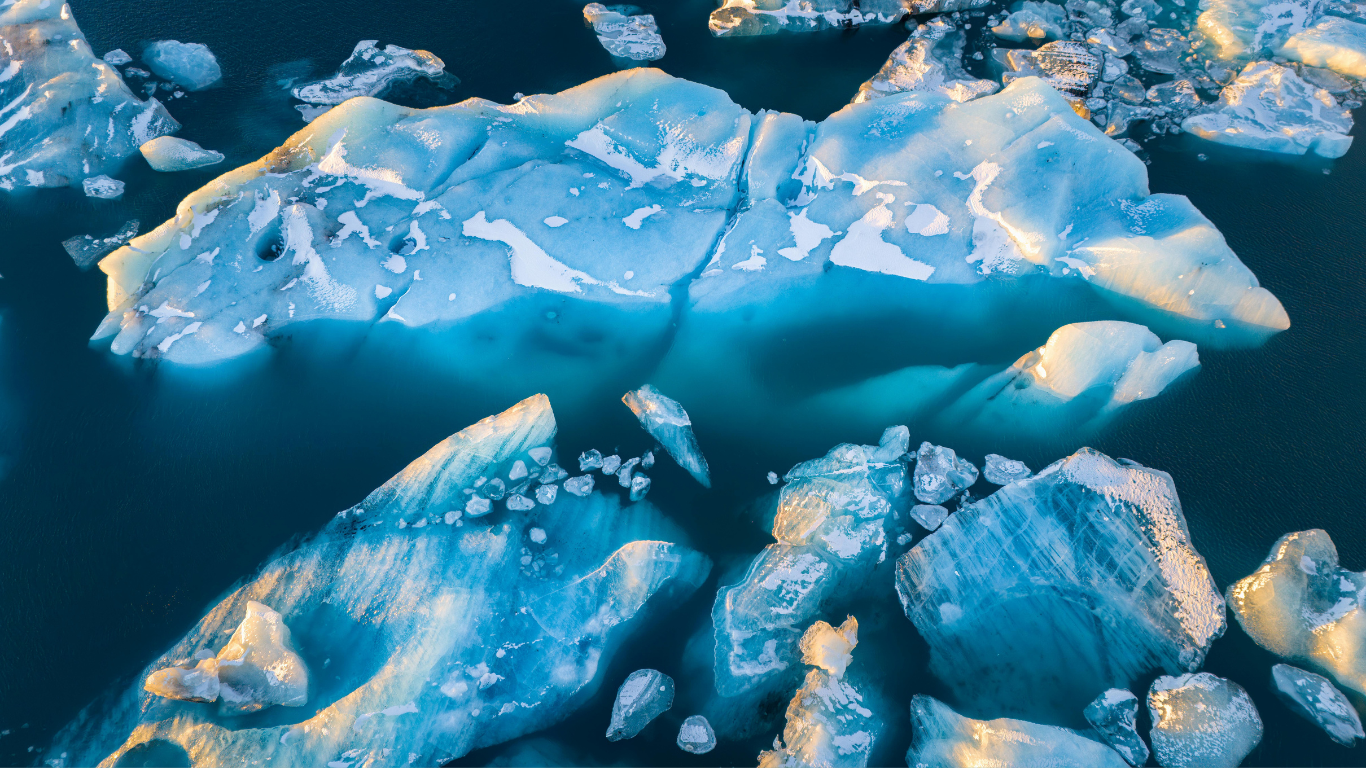
Introduction:
One Planet, Connected by Ice
What happens in the polar regions doesn’t stay in the polar regions. Ice at the top and bottom of the world plays a vital role in keeping Earth’s systems in balance—from ocean circulation and global temperatures to the weather in your own backyard.
But as that ice melts faster than ever, our entire planet is starting to feel the effects. In this final lesson of The Frozen Ocean, we’ll look at how melting ice is reshaping coastlines, shifting climate patterns, and sending warning signals we can’t afford to ignore.
1. Rising Seas and Sinking Cities
When land-based ice like glaciers and ice sheets melt, the water flows into the oceans—raising sea levels worldwide. Coastal areas are already experiencing more frequent flooding, stronger storm surges, and disappearing shorelines.
Did you know?
Venice, Italy now experiences “acqua alta” (high water) floods more than 60 times per year, due in part to rising seas and land subsidence.
2. Slowing Ocean Currents and Shifting Weather
Melting ice—especially from Greenland and Antarctica—is changing how heat and nutrients move around the globe.
The Atlantic Meridional Overturning Circulation (AMOC), a key part of the global conveyor belt, is weakening due to an influx of freshwater from melting ice. If this circulation slows too much, it could lead to:
- Colder winters in Europe
- Hotter, drier conditions in West Africa and the Amazon
- More hurricanes in the Atlantic
Meanwhile, warming polar regions are also affecting the jet stream, leading to:
- Heatwaves and wildfires in some areas
- Freezing cold snaps in others
- Prolonged periods of unusual weather
These aren’t just future scenarios—they’re already happening. In recent years, extreme weather events have become more frequent and severe across every continent.

Did you know?
Melting glaciers also release ancient carbon and microbes into the ocean—some of which have been trapped for thousands of years.
3. Ocean Life in Crisis
Ice and climate are closely tied to the health of marine ecosystems.
Arctic and Antarctic species are particularly vulnerable because they rely on cold, ice-covered waters. As those disappear, many animals have nowhere else to go.
Did you know?
Some penguin species in Antarctica, like the chinstrap penguin, have seen populations decline by more than 50% in recent decades.
Conclusion
A Planet in Motion
Melting ice is more than a local issue—it’s a planet-wide tipping point. Rising seas, changing weather, shifting ecosystems, and warming oceans are all part of a complex web set in motion by a warming climate.
The good news? We still have time to act. By reducing greenhouse gas emissions, protecting polar regions, and supporting clean energy, we can help slow the melt—and protect the planet we all share.
Key Takeaways:
Melting land ice causes global sea levels to rise, threatening coastlines and island nations.
Ice loss disrupts ocean currents and weather systems, leading to more extreme events worldwide.
Polar ecosystems are collapsing as cold-dependent species lose their habitats.
The Arctic and Antarctic are early warning systems—what happens there will echo everywhere.
NEXT LESSON
How Do Whales and Dolphins Use Sound?
In the next bloc, we’ll dive into a whole new underwater world—not of ice, but of sound. From whale songs to snapping shrimp, we'll discover how marine life uses sound to navigate, hunt, and communicate—and how human noise may be disrupting the peace of the deep.
